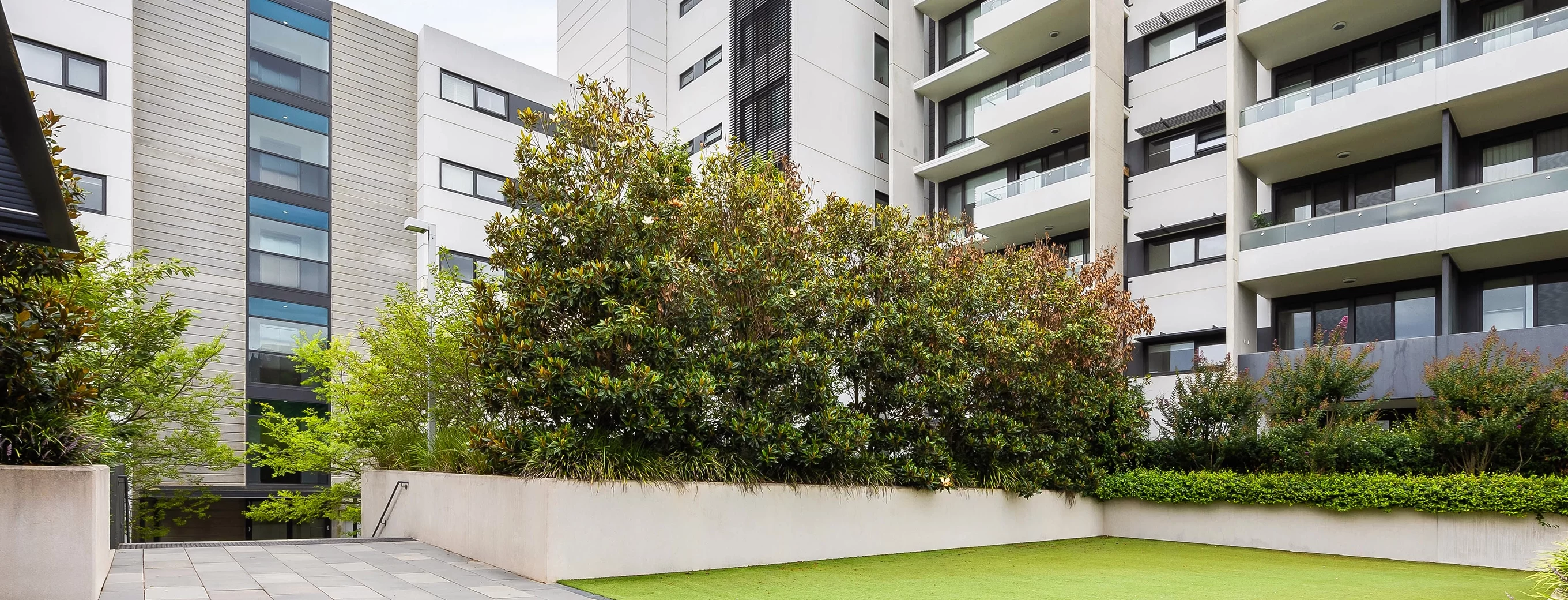Leaks and other damage originating from common property can be stressful, but understanding how strata insurance works makes the process smoother. Here’s a clear guide to who’s responsible, what’s covered, and how to protect your lot.
Common Property, Common Responsibility
When damage originates from common property (like a leaking pipe or roof), the owners corporation is responsible for investigating the issue, engaging qualified trades to locate and fix the problem, and preventing further damage.
Once confirmed, the strata insurance policy may cover repairs to affected areas of the private lot, provided the damage relates to insured fixtures and building elements.
What Insurance Covers
Strata insurance is designed to restore the building to its pre-loss condition, covering original fixtures such as benchtops and cabinetry, and structural elements like walls, ceilings and floors (excluding carpet).
However, contents like furniture, blinds, carpet, and personal items are not covered. These require contents or landlord insurance, which lot owners or tenants should arrange separately.
Pro Tip: Think of strata insurance like car insurance – it covers unexpected damage, not routine maintenance or upgrades.
Who Makes the Claim
Lot owners are considered third-party beneficiaries of the strata insurance policy because they contribute through levies. While the owners corporation usually submits the claim, lot owners can initiate the process. In some schemes, executive committee approval may be required.
If a cash settlement is involved, the payout goes to the owners corporation, which is responsible for using the funds to repair or reinstate the damaged property. This ensures the building is properly restored and complies with insurance obligations.
Clearing Up Common Misconceptions
One of the most common misconceptions is that strata insurance covers everything. In reality, it only covers specific accidental events and does not include wear and tear or ongoing maintenance. It also does not cover contents or upgrades made by the lot owner.
To stay fully protected, contents and landlord insurance are essential, and when damage occurs, always engage a qualified trade to assess the issue, especially for leaks which are the most frequent cause of common property claims.
Need advice? Our team are here to help.

Tarnee Lamb
Business Development Manager



